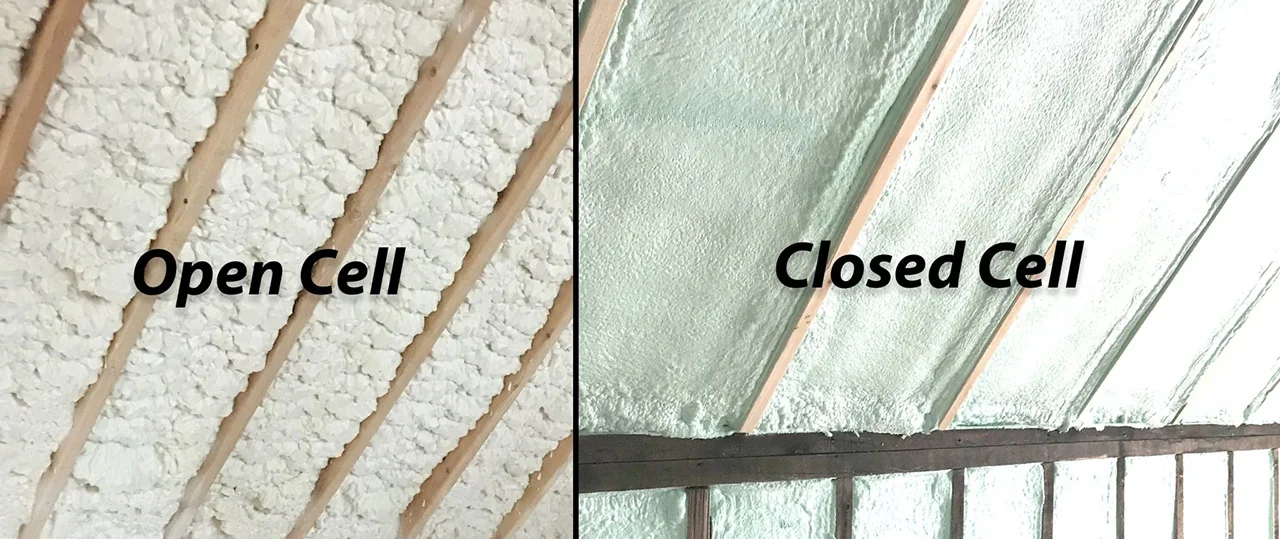Closed-Cell Insulation: Understanding Its Applications, Benefits, and Best Practices

Introduction
Closed-cell insulation, often recognized for its density and compact structure, is a type of Spray Polyurethane Foam (SPF) insulation that provides a myriad of benefits for both residential and commercial structures. With its myriad of applications, it’s essential to understand its advantages and the necessary precautions.
Applications of Closed-Cell Insulation
- Wall Insulation: Provides an excellent barrier for exterior and interior walls, ensuring minimal energy loss.
- Roofing: Acts as both an insulator and a moisture barrier, making it ideal for roofing applications, especially in flat-roofed buildings.
- Basements and Crawl Spaces: Its water-resistant properties make closed-cell insulation a favorite for damp areas like basements and crawl spaces.
- Commercial Buildings: Often used in large-scale commercial structures for its structural reinforcement capabilities.
- Agricultural and Storage Units: Protects against temperature fluctuations, keeping interiors stable and goods protected.
Benefits of Closed-Cell Insulation
- High R-Value: Offers a higher R-value per inch compared to other insulation types, ensuring superior thermal resistance.
- Moisture and Vapor Barrier: Its impermeability to water makes it an excellent moisture and vapor barrier, reducing risks of mold growth.
- Structural Strength: Closed-cell insulation adds rigidity and strength to walls and roofs, potentially increasing a structure's durability.
- Soundproofing: Its dense structure provides effective sound dampening, making interiors quieter.
- Pest Deterrent: The material does not provide a food source for pests, thereby acting as a deterrent against rodents and insects.
Conclusion
Closed-cell insulation is a versatile, highly effective solution for a range of insulation needs. However, to maximize its benefits and longevity, it’s crucial to follow best practices and engage with professionals for its application.
Equip your property with the resilience and efficiency of closed-cell insulation, and witness a transformation in energy savings, comfort, and overall structural integrity.